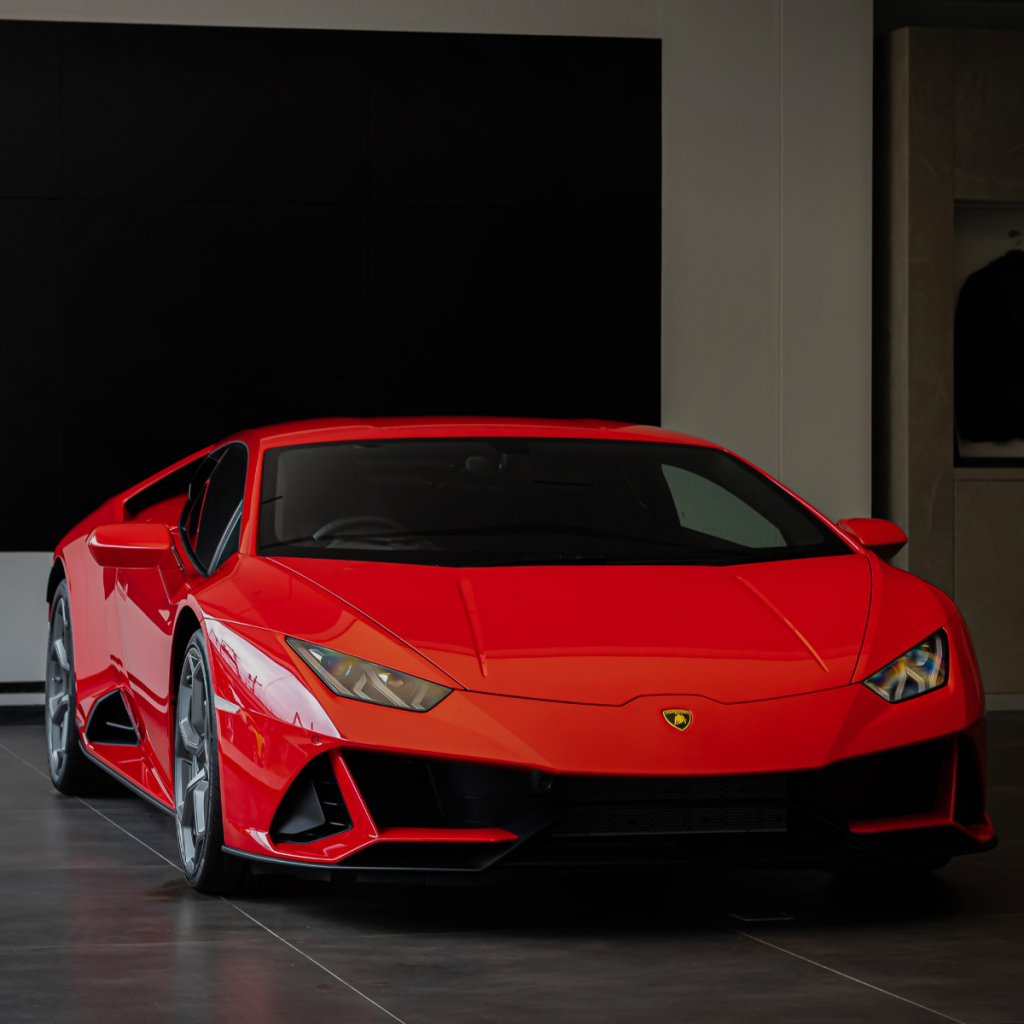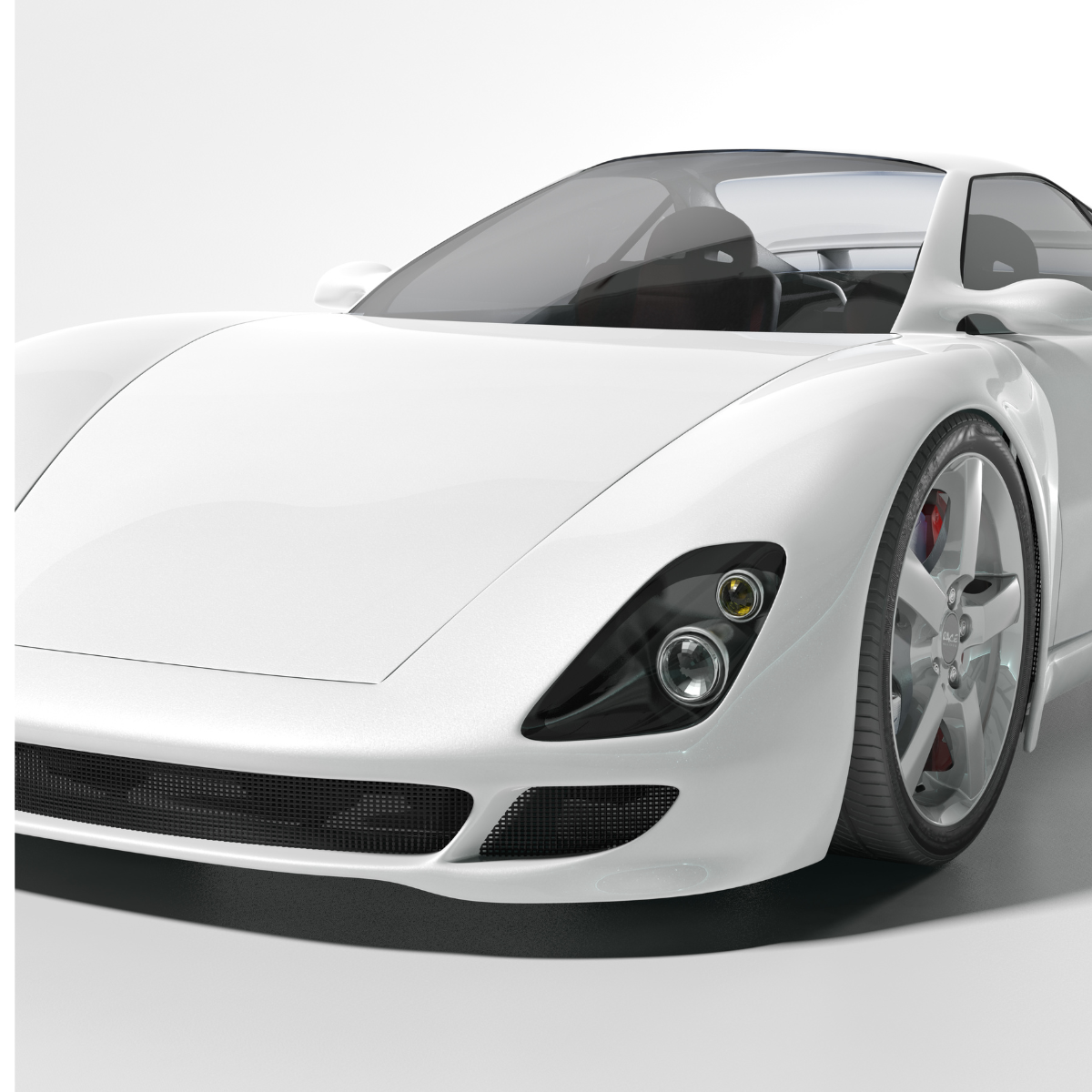Sports cars have long captured the imagination of enthusiasts with their unparalleled performance, sleek designs, and adrenaline-pumping speed. From the earliest pioneers of automotive engineering to today’s high-tech marvels, these vehicles have become more than just machines—they’re symbols of innovation, luxury, and human ambition. In this article, we’ll explore the fascinating journey of sports cars, tracing their evolution from classic icons to cutting-edge supercars. This timeline will showcase how technological advancements and cultural influences have shaped the cars that thrill us today.
The Dawn of the Sports Car
The concept of a sports car emerged in the early 20th century when manufacturers began experimenting with lightweight vehicles designed for speed and agility. These early models were a stark contrast to the heavier, utilitarian cars of the time. The 1910s and 1920s saw brands like Bugatti and Bentley laying the groundwork for the sports car segment with their focus on performance and style.
The Bugatti Type 35, introduced in 1924, is often regarded as one of the first true sports cars. Known for its sleek design and incredible success in racing, it set the stage for what a high-performance vehicle could achieve. Around the same time, the Bentley Speed Six became a favorite among racing enthusiasts, showcasing British craftsmanship and engineering excellence.
The Golden Age of Classic Sports Cars
The 1940s and 1950s are considered a golden era for sports cars. During this period, automakers began focusing on producing vehicles that were not only fast but also visually stunning. European brands, particularly those from Italy, Germany, and Britain, dominated the market with iconic designs that are still celebrated today.

Ferrari emerged as a key player in this era, with models like the Ferrari 250 GTO becoming legendary for their combination of power and beauty. Meanwhile, Porsche introduced the 356, a lightweight car that emphasized handling and precision. The Jaguar XK120, launched in 1948, became the fastest production car of its time, solidifying Jaguar’s reputation as a leader in the sports car world.
In the United States, Chevrolet entered the scene with the Corvette in 1953. This American classic quickly gained a following, offering an affordable yet thrilling driving experience. The Corvette became a symbol of post-war optimism and the growing car culture in the U.S.
The Rise of Muscle Cars and Global Competition
The 1960s and 1970s saw the rise of muscle cars, particularly in the U.S., where brands like Ford, Dodge, and Chevrolet competed to create the most powerful machines. The Ford Mustang, introduced in 1964, became an instant icon, blending sports car performance with mass-market appeal.
Across the Atlantic, European automakers continued to innovate. Lamborghini entered the fray with the Miura, a mid-engine marvel that many consider the first supercar. Ferrari and Porsche also pushed boundaries, introducing models like the Ferrari Daytona and Porsche 911, the latter of which has become a timeless classic.
Japanese automakers began making their mark during this period as well. The Toyota 2000GT, launched in 1967, showcased Japan’s ability to produce world-class sports cars, setting the stage for brands like Nissan and Mazda to enter the market.
The Evolution of Modern Sports Cars
The 1980s and 1990s marked a turning point in the sports car industry. Advances in technology, aerodynamics, and materials allowed manufacturers to create vehicles that were faster, safer, and more luxurious than ever before.
Ferrari continued its legacy with models like the Testarossa, while Lamborghini stunned the world with the Countach, a car that defined the poster-worthy supercar aesthetic. Porsche refined the 911 into a technological masterpiece, introducing turbocharged engines and advanced suspension systems.
In Japan, the Nissan GT-R and Mazda RX-7 became global sensations, combining affordability with exceptional performance. The Acura NSX, launched in 1990, brought a new level of reliability and usability to the supercar segment, challenging European dominance.
Meanwhile, the emergence of McLaren and Bugatti redefined what was possible in terms of speed and engineering. The McLaren F1, introduced in 1992, became the fastest production car of its time, thanks to its groundbreaking design and use of carbon fiber.
The Era of Hypercars
The 21st century ushered in the era of hypercars, vehicles that pushed the limits of speed, technology, and exclusivity. These cars are not just fast; they represent the pinnacle of automotive innovation.
Bugatti set a new benchmark with the Veyron, a car capable of exceeding 250 mph while offering unparalleled luxury. Ferrari responded with models like the LaFerrari, which combined a hybrid powertrain with jaw-dropping performance.
McLaren continued to innovate with the P1, while Porsche introduced the 918 Spyder, a hybrid hypercar that showcased the potential of eco-friendly performance. Lamborghini, not to be outdone, launched the Aventador, a car that epitomized the brand’s focus on dramatic design and raw power.
In recent years, electric sports cars have begun to make waves. The Rimac C_Two and Tesla Roadster are proving that high performance and sustainability can go hand in hand, signaling a new direction for the industry.
Technological Innovations in Sports Cars
Throughout their history, sports cars have been at the forefront of technological advancements. From the introduction of turbocharging and fuel injection to the use of lightweight materials like aluminum and carbon fiber, these vehicles have consistently pushed the boundaries of what’s possible.
Modern sports cars are equipped with cutting-edge features, including adaptive suspension systems, advanced aerodynamics, and driver-assist technologies. Hybrid and electric powertrains are becoming increasingly common, offering both efficiency and performance.
Manufacturers are also leveraging artificial intelligence and data analytics to optimize vehicle performance, ensuring that sports cars remain at the peak of automotive engineering.
Cultural Impact of Sports Cars
Sports cars have always been more than just vehicles; they’re cultural icons. From their appearances in films like The Fast and the Furious and James Bond to their role in defining personal style and status, these cars have left an indelible mark on society.
The appeal of sports cars transcends borders, uniting enthusiasts from all walks of life. They represent freedom, ambition, and the pursuit of excellence, qualities that resonate with people worldwide.
The Future of Sports Cars
As we look ahead, the future of sports cars promises to be as exciting as their past. Advances in electric and autonomous technology are opening new possibilities, while sustainability is becoming a key focus for manufacturers.

Concept cars like the Lamborghini Terzo Millennio and Porsche Mission E are offering glimpses of what’s to come. These vehicles combine cutting-edge design with innovative powertrains, ensuring that the legacy of sports cars continues to evolve.
Conclusion
The history of sports cars is a testament to human ingenuity and the relentless pursuit of excellence. From the early pioneers to today’s hypercars, these vehicles have continually redefined what’s possible in the world of automotive design and performance.
As we celebrate the past and embrace the future, one thing remains clear: sports cars will always be more than just machines. They are a celebration of speed, style, and the spirit of innovation, inspiring generations to dream bigger and drive faster.

Leave a Reply